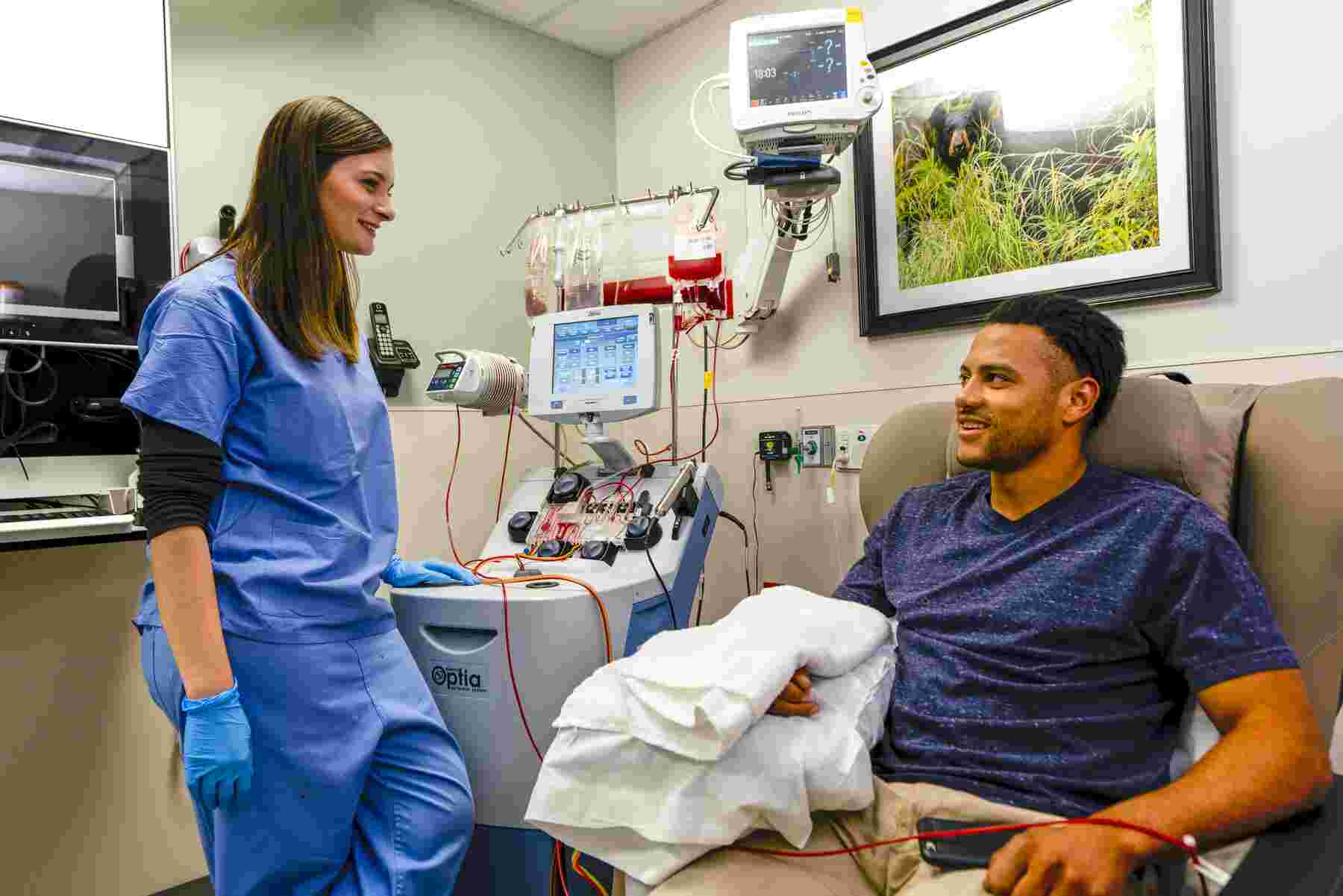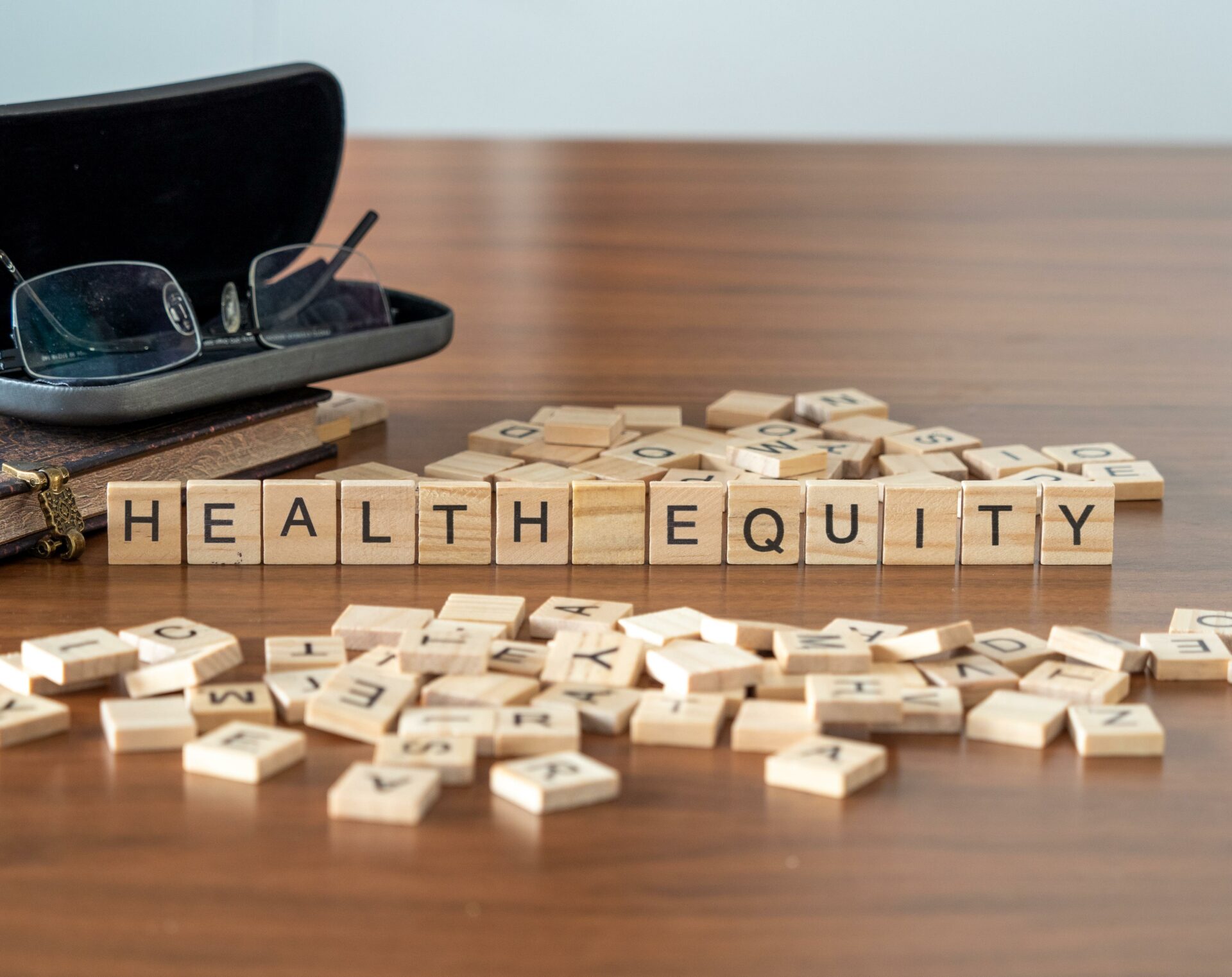Burn-out, stress, exhaustion. Headlines like these were all too familiar during the Covid-19 pandemic, and are still a major concern as we start to emerge from the effects of coronavirus. The pressures never seem to stop.
This week is Patient Safety Awareness Week, led by the Institute of Healthcare Improvement, and is an opportunity to remind ourselves how promoting safer care needs to start with a healthy, positive workforce. Supporting our staff and their mental and physical wellbeing has never been more important.
The effects of the pandemic on staff were outlined in a report from the Health and Social Care Committee, Workforce burnout and resilience in the NHS and social care (May 2021) and there are no signs that the issues it raises have significantly improved.
The committee heard from the King’s Fund, which found that NHS staff were 50% more likely to experience high levels of work-related stress compared with the general working population.
92% of trusts had told NHS Providers that they had concerns about staff wellbeing following the pandemic. Given that 8.6% of England’s working-age population is employed in the NHS or adult social care, the potential consequences cannot be ignored.
The report also noted the GMC’s own findings, that while there is ‘abundant evidence that workplace stress in healthcare organisations affects quality of care for patients,’ ‘patient satisfaction is also markedly higher in organisations and teams where staff health and wellbeing are better.’
The effect of dealing with increased numbers of deaths and severe illness, in what were sometimes referred to as ‘battlefield conditions,’ has increased anxiety and led to some of the highest levels of staff absences ever recorded in the NHS.
Academic Health Science Networks (AHSNs) and the Patient Safety Collaboratives (PSCs) they host work closely with their local health and care systems, and have been a source of help throughout the pandemic. Sometimes by providing direct staff support, and also by sharing the latest insights and learning through networking opportunities to help both front-line teams and the organisations that support and commission them. Our award-winning work on COVID Oximetry @home for instance, is captured in this learning report.
Meanwhile, PSCs have worked with community health services and care homes to spread awareness of how to identify when someone’s health is deteriorating and effectively communicate their concerns. A series of training films for care home staff <link to NEWS STORY NUMBER N21> has clocked up more than 600,000 views.
We recently published a report designed to help staff deal with the impact of death. Learning from staff reflections: supporting people at the end of life gives some really good insight into what makes it easier, and what makes it harder, for staff to support people and their families at the time of death, and to better understand clinicians’ experience of this. National Clinical Lead for end-of-life care, Professor Bee Wee, has endorsed the report and says in her blog that, ‘open and honest communication is essential for patient safety.’
Some AHSNs have produced resource packs, including wellbeing resources, and we have compiled a few of the highlights in this resource pack, which provides advice on maintaining your physical and mental wellbeing and that of your teams. They have been well-received. Health Innovation Network’s excellent #OnlyHuman campaign was also a very practical response to an emerging situation, and continues to be useful and relevant today.
While these are all useful and practical responses, the Health and Social Care Committee report concludes that workforce planning is the key to systemic change. Reducing vacancies in the long-term will be the goal of the NHS People Plan. The AHSN Network is working collaboratively to address the national workforce challenge by delivering evidence-based innovations that realise transformational benefits for the health and care workforce, such as pathway redesign and innovations in digital, technology and artificial intelligence.
Recovering from the pandemic will be a long and difficult road for us all. However, it also presents us with an opportunity to review our expectations and practices, and say it’s ok to put staff wellbeing first. That can only be good for patient safety.

“Health equity is the attainment of the highest level of health for ALL people. Achieving health equity requires valuing everyone equally with focused and ongoing societal efforts to address avoidable inequalities, historical and contemporary injustices, and social determinants of health — and to eliminate disparities in health and health care.” (health.gov) Within the NHS there [...]

Sickle cell disease (SCD) is a serious and lifelong health condition. People with SCD produce unusually shaped red blood cells that can cause problems because they do not live as long as healthy blood cells and can block blood vessels. This can result in suffers experiencing painful episodes, called sickle cell crises, as well as anaemia, [...]

At the Royal Society of Medicine’s Tackling Inequalities conference it was clear from the passion in the room that great progress has been made across the system to better support some of our most under-served communities. To maintain this momentum, we must not just embed tackling health and healthcare inequalities in all that we do, [...]







